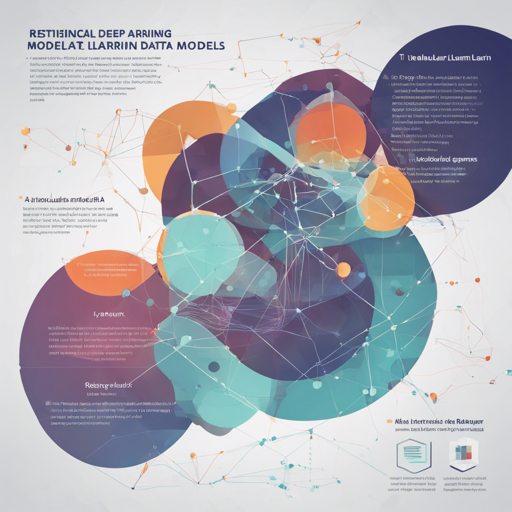In the landscape of machine learning, tabular data remains a significant contributor to many real-world applications. The paper titled “Revisiting Deep Learning Models for Tabular Data” presented at NeurIPS 2021 dives into the effectiveness of various architectures when working with tabular data. This article will guide you through the core concepts of the paper, how to implement its findings using a Python package, and importantly, how to troubleshoot common issues.
Key Insights from the Paper
The paper outlines several important findings regarding deep learning models for tabular data:
- MLP Baseline: A simple Multi-Layer Perceptron (MLP) is still a strong baseline and performs competitively against more complex architectures.
- ResNet Performance: The ResNet architecture, which includes skip connections, further emphasizes that MLP-like models provide a solid foundation in the tabular domain.
- Introduction of FT-Transformer: The FT-Transformer is a novel architecture that shows superior performance on benchmark datasets compared to traditional MLP-like models, while also narrowing the performance gap against models like Gradient-Boosted Decision Trees (GBDT).
Understanding the Code through Analogy
Imagine you’re setting up an elaborate meal plan for a week. Each recipe you choose is carefully thought out based on your preferences and dietary goals—this mirrors the model tuning process in machine learning. In the context of this paper, the code from the MLP model serves a similar purpose. You prepare ingredients (datasets), follow predetermined recipes (hyperparameters), and tweak them as necessary to cater to different meals (models) over time.
Here’s a brief breakdown of the code structure that helps in this metaphorical meal planning:
- bin: This is where the cooking happens—training the models.
- lib: These are your kitchen tools—common utilities and best practices for cooking (or coding).
- output: The dining table—where you’ll lay out the prepared meals (results).
- package: This is your recipe book—the Python package that provides instructions on how to use the findings practically.
Setting Up Your Environment
Before you dive into the code, it’s crucial to set up the correct environment. Here’s a simplified guide to get you started:
-
- Clone the repository:
git clone https://github.com/yandex-research/tabular-dl-revisiting-models-
- Navigate to the project directory:
cd revisiting-models-
- Create and activate a new Conda environment:
conda create -n revisiting-models python=3.8.8-
- Install the required packages:
conda install pytorch torchvision cudatoolkit=10.1 numpy -c pytorch -yTroubleshooting Common Issues
Even with the best setup, you may encounter some bumps in the road. Here are a few troubleshooting ideas:
- Environment Issues: Make sure that all dependencies are correctly installed. If you encounter a missing package error, revisit the installation commands.
- Performance Discrepancies: If your results seem off, check the versions of the libraries you are using. Differences in version can lead to variability in outputs.
- CUDA Errors: If you experience issues related to CUDA, ensure that your environment is set up to utilize the GPU correctly.
For more insights, updates, or to collaborate on AI development projects, stay connected with fxis.ai.
Conclusion
This exploration into the deep learning models for tabular data highlights the significant contributions of MLP and the innovative FT-Transformer architecture. By understanding these models and implementing them effectively, you can make strides in various real-world applications. At fxis.ai, we believe that such advancements are crucial for the future of AI, as they enable more comprehensive and effective solutions. Our team is continually exploring new methodologies to push the envelope in artificial intelligence, ensuring that our clients benefit from the latest technological innovations.

